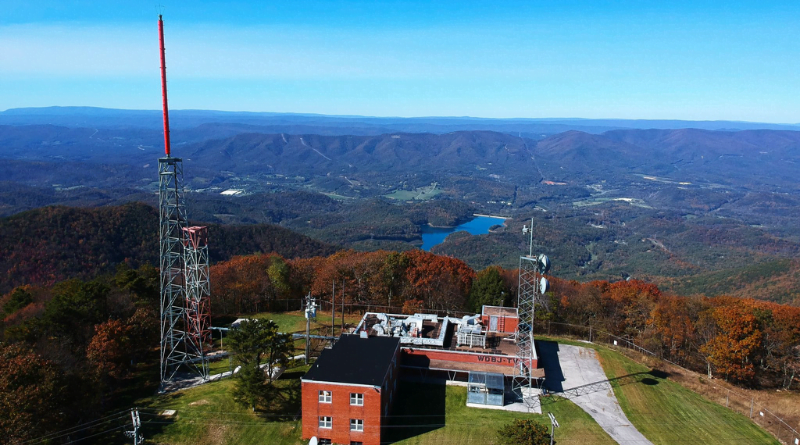
Television has become an integral part of our lives, delivering entertainment, information, and connectivity. But have you ever wondered how those vivid images and crisp sounds make their way to your screen? It’s the television transmitter that works its magic behind the scenes. In this comprehensive guide, we’ll unravel the world of television transmitters, exploring how they function, their importance in broadcasting, and the technology that brings your favorite shows to life. Whether you’re a tech enthusiast or just curious, this article will demystify the television transmission process and provide valuable insights.
The Heart of Television Broadcasting
The Role of Television Transmitters
Television transmitters are the unsung heroes of broadcasting. They take the audio and video signals generated by TV studios and send them out into the airwaves, making it possible for viewers to receive these signals on their television sets.
The Importance of Signal Quality
A key function of television transmitters is to ensure the signal quality is maintained. They amplify and modulate the signals, sending them over long distances while minimizing interference and signal degradation.
How Television Transmitters Work
Signal Encoding and Modulation
Television signals consist of audio and video components. These signals are encoded and modulated onto radio frequencies, typically in the UHF (Ultra High Frequency) or VHF (Very High Frequency) bands.
Amplification and Transmission
Once the signals are modulated, they go through amplification to increase their power. This ensures that the signals can travel over long distances without weakening. The transmitter then broadcasts these amplified signals via antennas.
Types of Television Transmitters
Analog vs. Digital Transmitters
In the past, analog television transmitters were common. However, with the transition to digital broadcasting, digital transmitters have become the standard. Digital transmitters offer better picture and sound quality, as well as more efficient use of the broadcast spectrum.
Terrestrial and Satellite Transmitters
Television transmitters can be terrestrial, meaning they broadcast signals over-the-air to local areas. On the other hand, satellite transmitters send signals to communication satellites, which then relay the signals to a wider geographic area.
Advancements in Television Transmission
Transition to High Definition (HD) and Ultra High Definition (UHD)
The television industry is continually evolving. High-definition and UHD transmissions have become commonplace, delivering stunning picture quality and immersive experiences for viewers.
Digital Compression Techniques
To make efficient use of bandwidth, television signals are often compressed using digital compression techniques. This allows more channels to be broadcast within the available spectrum.
Television Transmitters in Action
Local Television Stations
Every local television station has its own transmitter that broadcasts its programming to viewers within its coverage area. This includes local news, shows, and commercials.
National and International Broadcasting
For national and international broadcasting, large television networks often have a network of powerful transmitters and satellites to reach audiences across the country or even around the globe.
The Future of Television Transmitters
Transition to Next-Generation TV (ATSC 3.0)
Next-generation TV, or ATSC 3.0, is on the horizon. It promises enhanced interactivity, improved reception, and better mobile device compatibility, ushering in a new era of television broadcasting.
Sustainable Broadcasting
As with any technology, television transmitters are becoming more energy-efficient. This is in line with the industry’s commitment to reducing its carbon footprint and promoting sustainable broadcasting practices.
Television transmitters are the invisible enablers of our TV viewing experiences, ensuring that our favorite shows, news, and entertainment reach our screens with remarkable clarity. While they may remain hidden behind the scenes, their role in broadcasting is indispensable. The journey of a television signal from studio to screen is made possible by these technological marvels, delivering joy and information to millions of viewers worldwide.
So, the next time you switch on your TV and enjoy a crystal-clear image and sound, remember the unsung heroes working tirelessly in the background—television transmitters. Their silent but vital role in the world of broadcasting continues to shape our television experiences and keep us connected to the world of entertainment.



